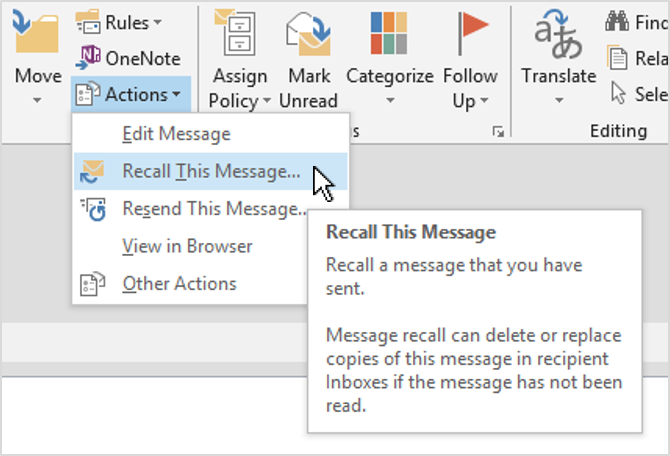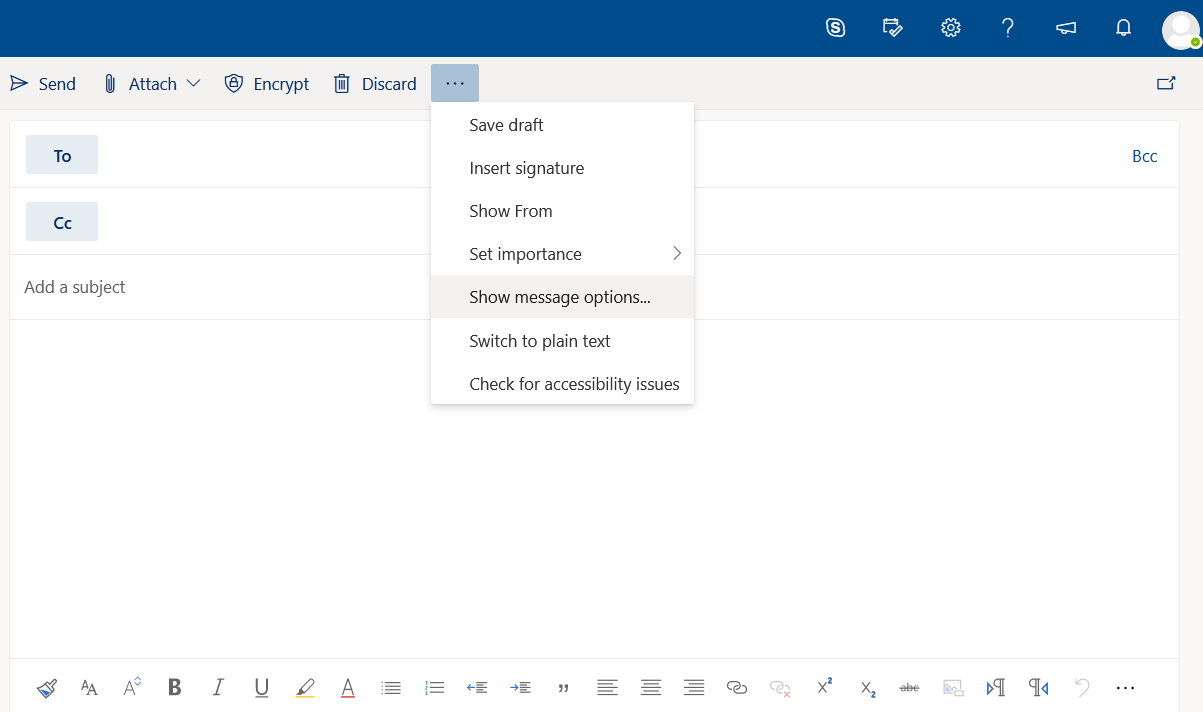

The feature will not work if either of those is not met. Of course, there are a few prerequisites to this, the mail needs to be unread and the client needs to be using the Outlook mail client. However other than that the rest is quite straightforward and you’ll have the ability to recall incorrect mail of mail that really shouldn’t be sent to anyone. You will receive notification email messages for each recipient if you choose the “Tell me if recall success succeeds or fails” option. We’ve also created an awesome YouTube video that walks you through the steps given above. Finally, click “OK” after selecting the necessary choices.Now click on click “Recall This Message”.Now click on “Sent Items”, located in the folder pane.
#WHY WON MY OUTLOOK 365 SEND EMAIL HOW TO#
Step by step process – How to recall a sent email Follow the step-by-step process below to see how you can recall a sent email. Follow through and see how you can recall a sent email in Outlook, we will discuss potential solutions as well as some of the reasons why you may want to consider recalling some emails. Note: You can only replace and recall messages using the Outlook client, which is the fully installed version, not the version viewed via Office 365 on the web.

Message recall is accessible only if both you and the receiver have an Office 365 or Microsoft Exchange email account in the same company after you click “Send”. You can also use a different message as a replacement. Message recall allows you to retrieve a message you’ve sent from the mailboxes of recipients who haven’t yet opened it. However, what you want to know today is can you recall a sent email in Outlook. Note: Please follow the steps in our documentation to enable e-mail notifications if you want to receive the related email notification for this thread.Outlook in the list of M365 programs offers its users quite an extensive set of features to make the process of emailing a lot simpler. If an Answer is helpful, please click "Accept Answer" and upvote it. If this issue could be resolved, then you could continue to add other rules and email account. It is suggested for you to try a completely fresh configuration in a new Outlook profile(Control Panel > Mail > Show profile), and then only add this single rule to see if the issue has any difference. Please try to rename shorter names and temporarily disable other Outlook rules, run this rule only to see if the issue still continues.Īlso, as mentioned above, if you added your POP account with existed datafiles or something else, corrupted datafiles and account settings might cause Outlook rule work abnormal.

Lengthy rule names and similar rules might cause this issue. SRS file location: drive:\Users\\AppData\Roaming\Microsoft\Outlook So, please try to exit your Outlook client, rename or remove the SRS file of the POP account and restart your Outlook to see if the issue has any difference. The SRS file contains the settings you set through the Send/Receive dialog in Outlook and if the SRS file is corrupted, issues like this may also happens. In order to conduct further researches on your issue, please try the following suggestions: So, once you migrate to a new device, you need to recreate those Outlook rules in your new Outlook client. If yes, how did you add your POP email account to the new device? By add the POP email account with an existed datafile? Or by completely refresh configuration?Īnd can this rule work fine if you manually run it via Home > Move > Manage Rules and Alerts > Run Rules Now?Īs I know, Outlook rules for POP account will not sync between different device. I'm trying to retell the issue you have encountered, you are using Outlook 365 desktop client on a new device and you have a POP email account which has an Outlook rule(automatically move incoming messages which are from your domain email account to specific folders of your POP account), and this rule cannot work fine after migrating to the new device, right? Hi Jim going further, what's the version of your current Outlook 365? To avoid known version-related issues, please make sure you have upgraded your Outlook to the latest version.


 0 kommentar(er)
0 kommentar(er)
